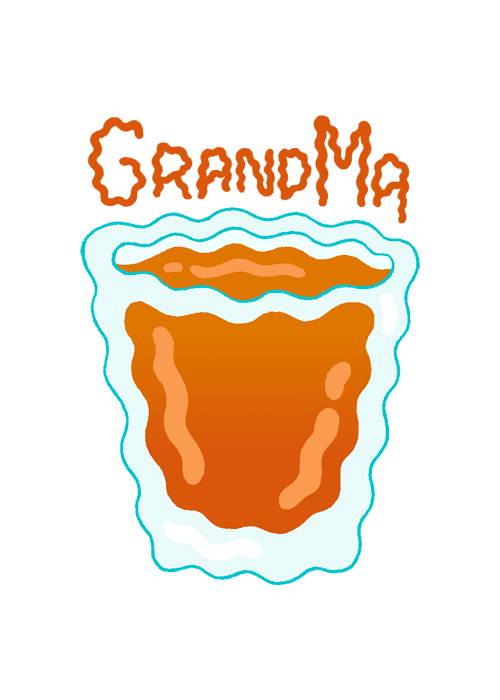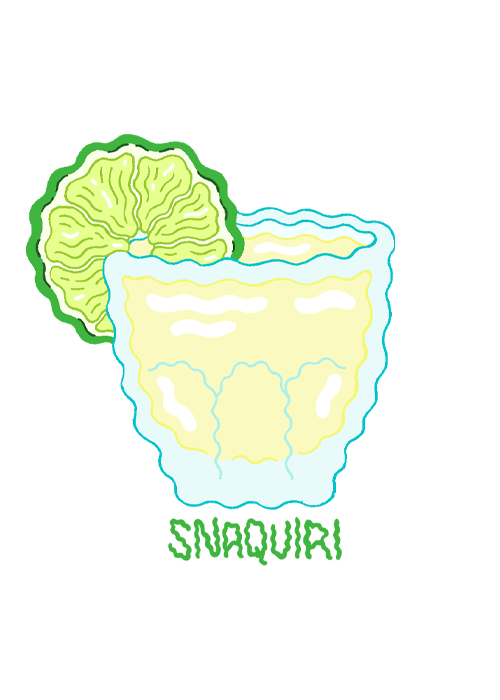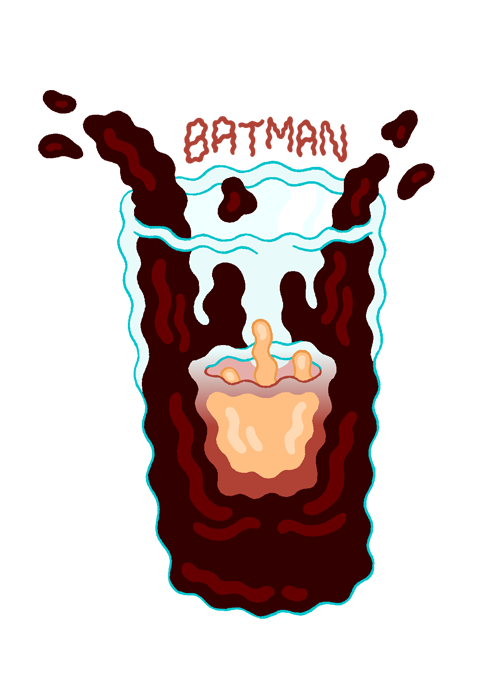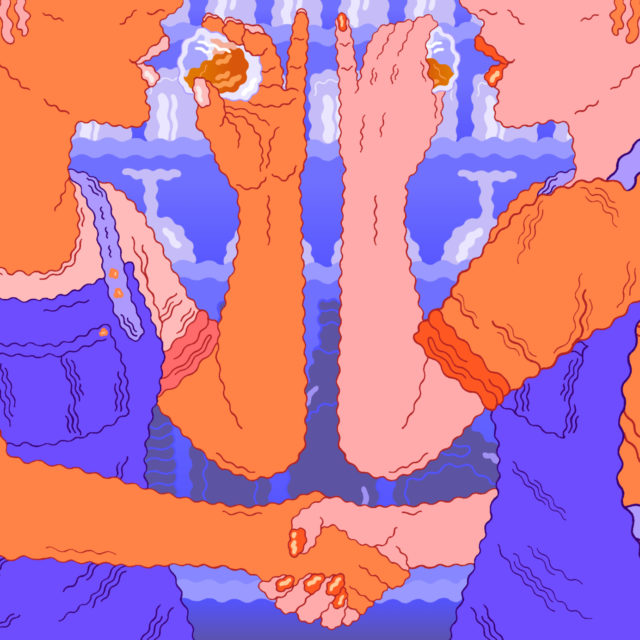Newport, R.I., is a seasonal town, which means it’s going to be suffering even more than most places as Covid-19 quarantine lingers. Newport is traditionally New England’s summer spot for yachtsmen, youthful partiers, and urbanites who cram the inns and resorts between early June and Labor Day. But many of those people won’t be able to make the pilgrimage this year and, likewise, many of the local bars and restaurants might not be able to reopen, either.
“Newport has over 80 bars and restaurants; so the workers form a tight little community,” explains Tyler Bernadyn, a longtime resident and bartender at Midtown Oyster Bar and Caleb & Broad. The latter spot is mostly only frequented by true locals, who know the thing to order upon their arrival: a half-shot of Grand Marnier. A “GrandMa” shot in Newport, says Bernadyn, “is almost like a friendly handshake.”

Unfortunately, just like literal handshakes, in this strange age of social distancing, “bartender’s handshakes” might not exist for awhile, either. That doesn’t mean they should be forgotten. You see, no matter where you are in the country, industry workers share a special bond formed and fueled by working long and odd hours, living cash-heavy existences, and a tendency to hit the same dives post-shift. Now more than ever, with many of them furloughed, they are depending on their communities to survive. Many bartenders and servers would love nothing better than to get back to their bars to enjoy these secret shots, typically unknown to the general public, that form a unique connection among them.
“I believe the resurgence in craft cocktails helped cultivate the bartender’s handshakes over the past 10 to 20 years,” Brian Bartels, author of “The United States of Cocktails: Recipes, Tales, and Traditions from All 50 States (and the District of Columbia),” says. “We developed all these new cells through the camaraderie of shared education and celebration — the benchmarks of taverns, bars, and watering holes — which enabled staffs who didn’t even work together to become more connected.”
The most famous “bartender’s handshake” is, by now, pretty well known: Fernet-Branca, the mid-19th-century Italian liqueur. Rarely ordered in mainstream America for much of the 20th century, by the mid-2000s it began to drum up an industry following in San Francisco, especially at bars in the North Beach neighborhood, an area that, fittingly, has an Italian lineage.
Soon, bartenders in other major cities were likewise ordering it. By 2017 the cat was out of the bag and mainstream publications had begun reporting on this phenomenon; it’s now a fairly ubiquitous shot ordered across planet Earth.
Fernet almost certainly achieved handshake status due to its aggressively bitter flavor profile — no way a civilian would ever order that.
“Bartenders can be pretty sadistic with each other,” explains Bartels. “Which is why the handshake can occasionally be a punch to the palate, served with a sideways grin. By that, I mean, some people take pleasure in the facial responses caused by imbibing certain spirits.”
Similar to Fernet in that fraternity-hazing vein is Jeppson’s Malört, a wince-inducing spiced wormwood liquor popular in Chicago. In certain parts of Wisconsin, an entire shot of Angostura bitters is the handshake. While in Pittsburgh, the sadistic shot of choice is Jannamico Super Punch, described by Bartels and many others as tasting like an Italian version of Jägermeister.
“The Italian-American population in Pittsburgh single-handedly kept it alive for decades, and now the young bartenders around the city have embraced it as a go-to shot,” says Bartels, who notes that “it’s sweeter than most amari, and is not unlike wrestling an alligator-sized octopus.”
But a lack of mainstream drinkability isn’t always the reason something gains insider approval. Grand Marnier is hardly a challenging tipple — the challenge in shooting the sugary, Cognac-based cordial, if anything, is how syrupy and cloying it is in large doses (why Newport denizens call for “shorties”). But, because it comes in a dark bottle it’s near impossible to tell how much is left in it. Thus, it became popular among the service industry as a way to conceal on-shift imbibing from the boss; you could always blame the kitchen, anyhow, as Grand Marnier is used in desserts like crepes and soufflés.
“It was a great way to kinda hide what you’re drinking,” adds Bernadyn.
Like shorties of GrandMa, small shots of Daiquiri became a bartender staple in New York circa 2010, with credit most often going to Karin Stanley, then a bartender and partner at Dutch Kills, a popular cocktail bar in Long Island City, Queens. Later, however, it evolved: Due to the 2012 San Antonio Cocktail Conference, the “Snaquiri” (a.k.a. “Snaq”) immediately began circulating in central Texas and became a bartender handshake in nearby Austin, where it prevails today.

“Typically, the bartender will make a full Daiquiri and split it into two shots, and you will take it together with them,” explains Bruce Smith, bar manager at Eberly’s in South Austin. Smith likes to gussy his up by using a housemade pineapple-jalapeño cordial as opposed to simple syrup. Meanwhile, at Watertrade, a Japanese whisky cocktail bar at Austin’s South Congress Hotel, their DTO (“daiquiri timeout”) variant uses shochu and sake as well as orgeat, the almond-based sweetener more often seen in tiki drinks.
Stanley claims she had completely improvised the Snaquiri while out drinking one afternoon, and that’s typical of bartender’s handshakes — they’re usually invented on the fly. Such was the case at Saison in Richmond, Va., where, in the fall of 2018, bartender Sophia Kim had put an Old-Fashioned riff on the menu featuring a toasted coconut fat-washed Plantation 3 Stars rum. On one slow night, as is bound to happen when bartenders drink with each other, a friend asked her to make something new using the coconut rum. “I can’t remember exactly, but it’s likely that someone may have asked for a new 50/50 [shot] and since we had this neat ingredient to play with, it was bound to be used,” Kim recalls.
While it’s typical to split an amaro with a spirit, half and half, when creating a 50/50, Kim found that wasn’t quite working for her. Eventually she found flavors opened up when she added El Dorado 5-Year-Old rum to Averna, a Sicilian amaro, and the coconut fat-washed rum.
Though this 50/50/50 (if you will) was briefly on the bar’s dessert menu, it quickly found its way to being an off-menu handshake fittingly known as “Little Secrets.”
“When someone calls for a Little Secrets, it definitely makes me smile,” Kim says. “It isn’t ordered that often, but I make sure we always have a bottle of fat-washed coconut rum for the people who love it and come back for it.”
In fact, one way to ID an industry shot is when it features more than one unusual ingredient. As Fernet was becoming played out by 2016, “50/50” alterations of it were beginning to boom. Most notable was the Hard Start, a half-and-half combination of Fernet-Branca and Branca Menta, devised by Brooklyn bartender Damon Boelte, who began unleashing it at Prime Meats (now closed) and later his own bar, Grand Army. The Hard Start quickly spread throughout New York — as did the M&M Shot, an offbeat combo of Amaro Montenegro and mezcal that was popularized by Robert Krueger, then of Employees Only and Extra Fancy in New York, around 2012. In Washington, D.C., a popular handshake became a 50/50 of green and yellow chartreuse.
Then there are some bartender’s handshakes that don’t involve a shake, a hello, or even a wave. In Memphis, Tenn., the notorious Batman shot is prepared as follows: Fill half a pint glass with Sailor Jerry Rum and Coke; fill a shot glass 50/50 with Bailey’s Irish Cream and vanilla vodka. Drinker drops the shot into the pint glass, and chugs. The tricky part is, like Batman, this one is extra-stealthy, ordered by pressing your hands together and silently nodding to the bartender, as Batman might order it, according to local lore.

As for its flavor…?
“The shot is truly vile,” says Morgan McKinney, bartender at Memphis’s Dodici at Bari. “But it’s a Memphis staple in some of the industry bars.”
And, hopefully, it will be enjoyed — or not! — in those bars again very soon.
This story is a part of VP Pro, our free platform and newsletter for drinks industry professionals, covering wine, beer, liquor, and beyond. Sign up for VP Pro now!
